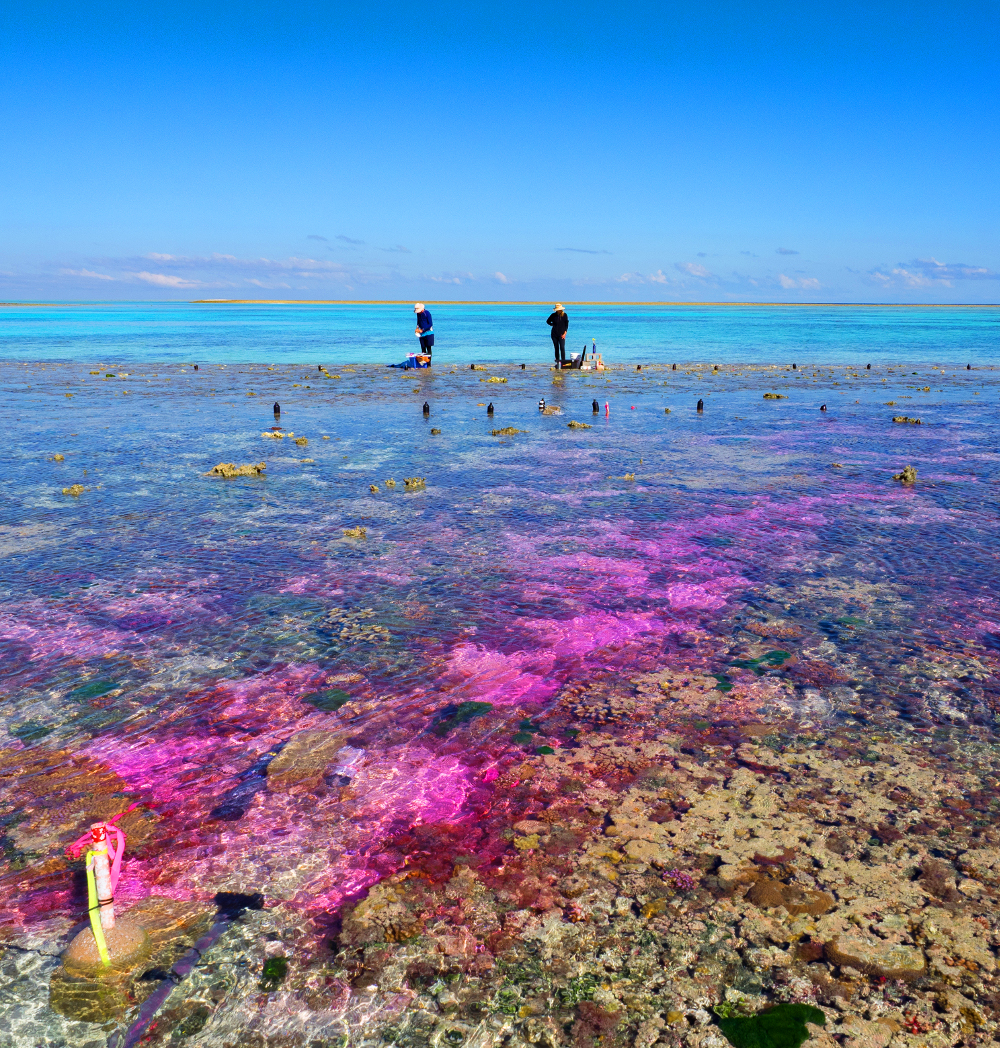Acidification in action
 A new report finds ocean acidification is no longer a looming risk for the Great Barrier Reef – it is happening now.
A new report finds ocean acidification is no longer a looming risk for the Great Barrier Reef – it is happening now.
A new study published in the journal Scientific Reports shows carbon dioxide (CO2) and ocean acidification are rapidly increasing on the Reef.
Seawater CO2 has risen 6 per cent over the past 10 years and matches the rate of CO2 increases in the atmosphere, confirming the influence of atmospheric CO2 on seawater CO2 levels.
“People talk about ocean acidification in terms of 50 years’ time, but for the first time our study shows how fast ocean acidification is already happening on the Reef,” says Dr Katharina Fabricius, lead author at the Australian Institute of Marine Science (AIMS).
The research, a collaboration between AIMS and CSIRO, drew on over a decade of observations collected as part of Australia’s Integrated Marine Observing System (IMOS) to conclude that the Reef’s rich carbonate seafloor is not buffering against ocean acidification as previously thought.
The study shows that acidification is rapidly changing the conditions that support the growth of coral on the Reef.
Ocean acidification results from seawater absorbing excess CO2 that has been emitted into the atmosphere.
The CO2 dissolves in the seawater where it changes the chemistry. This includes decreasing the water’s pH, and reducing the aragonite saturation state, which is critical for building the skeletons of reef-building coral and other marine organisms. Under reduced pH conditions, their calcium carbonate skeletons take longer to form and weaken, leaving them more susceptible to damage and erosion.
The researchers found the minimum CO2 concentrations measured today were likely to already have passed the highest CO2 levels expected 60 years ago, even after accounting for the effects of temperature, nutrients, salinity, and daily and seasonal changes.
“We know now that oceans are taking up about 23 per cent of the excess CO2 from the air,” Dr Fabricius said.
“They actually provide a service to humanity by slowing climate change. But the price to pay is that the seawater’s carbon chemistry is changing, and we didn't know it was happening in dynamic coastal waters at such fast rates.”








 Print
Print